Attempted Kleptoparasitism by a Pallid Harrier Circus Macrourus From Tamil Nadu, India
Sankaranarayanan R Indian BIRDS | December 30. 2024 Kleptoparasitism is a foraging technique used by a few groups of birds to steal prey from other birds. Pallid Harriers are one of the three species of harriers that migrate to southern Tamil Nadu. A wintering Pallid Harrier was observed attempting to steal a bird from a […]
Chapter 3: Climate change
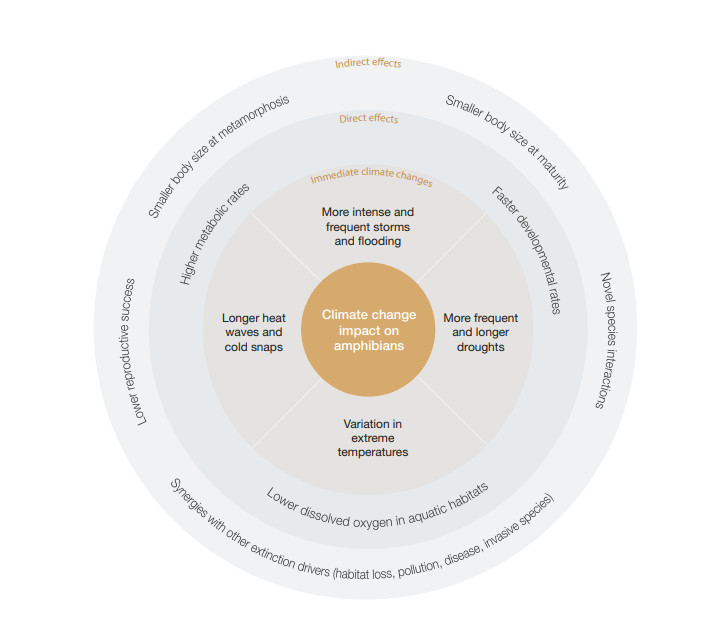
Seshadri K. S. Amphibian Conservation Action Plan – Iucn | July 24, 2024 Amphibian ecology and distribution are strongly correlated with climate. Regional patterns of amphibian biodiversity are intimately linked to temperature, evapotranspiration rate, and clines in humidity. While amphibians are and will continue to be adversely affected by recent and projected changes in climate, […]
Chapter: Forest Management and Conservation Regime

Sharachchandra Lele The Oxford Handbook of Environmental and Natural Resources Law in India | July 23, 2024 This chapter describes how these questions were resolved under the statist forest governance regime that prevailed during the colonial and post-colonial epoch, till the passage of the Forest Rights Act, 2006. An overview of the basic legal framework […]
The Capability Approach and the Sustainable Development Goals
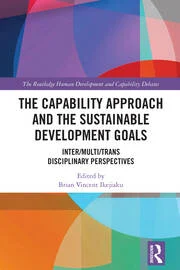
M Soubadra Devy Inclusive conservation in forests and agriculture landscape | July 11, 2024 This book demonstrates how the capability approach to human development can contribute to the realisation of the 2015 United Nations Sustainable Development Goals (SDGs). The capability approach dictates that success should not be measured by economic indicators but by people leading […]
Biological Apocalypse: Species Extinction in the Anthropocene
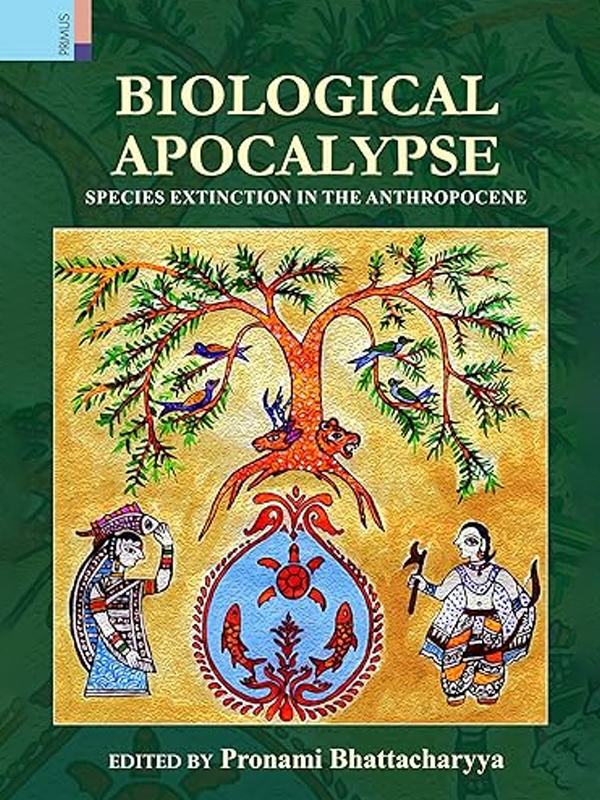
Sarala Khaling, Sunita Pradhan, T. Ganesh, Prasanth Primus Books | September 8, 2023 The book highlights our planet’s ingress to the Sixth Mass Extinction—a period conceptualized as the Anthropocene. Bringing together seventeen of the most susceptible non-human species falling into the International Union for Conservation of Nature (IUCN) categories of Critically Endangered, Endangered, Vulnerable, and […]
Social Entrepreneurship and Gandhian Thoughts in the Post-COVID World
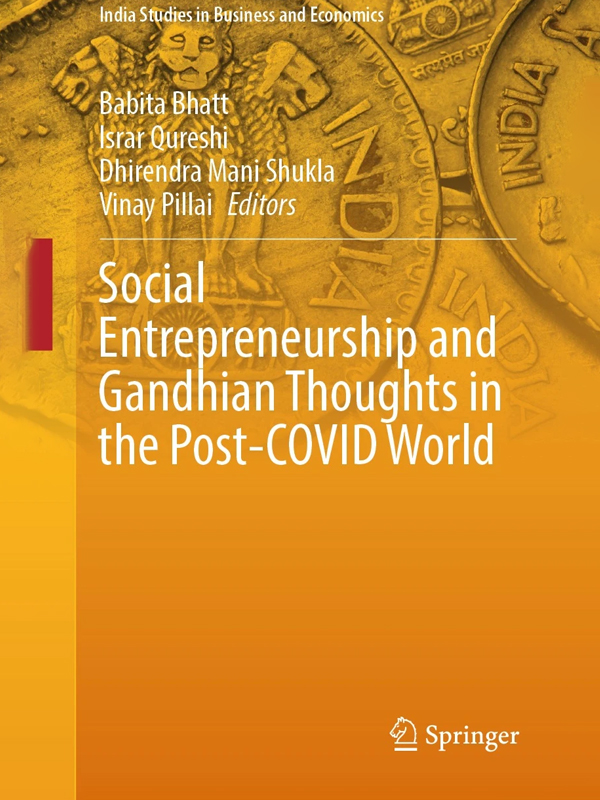
Babita Bhatt, Israr Qureshi, Dhirendra Mani Shukla, Vinay Pillai, Pallavi Varma Patil Springer Singapore | August 21, 2023 This book chapter coauthored by Pallavi Varma Patil critically reviews school level environment education efforts in India and the world from a Gandhi- Tagore lens of alternative education. The chapter provides examples of hands-on, place based, socially […]
Reflections on Interdisciplinarity in Environmental Economics in India., In

Handbook of Environmental Economics in India. Kanchan Chopra and Vikram Dayal (Eds), Oxford University Press, pp.305-325
Wild Food Plants

History, Use, and Impacts of Globalization, Wild Food Plants for Zero Hunger and Resilient Agriculture
The Spray Happy Farmer as a Cold War Legacy: West German Development and Pesticide Dependence in South India, 1965-1985
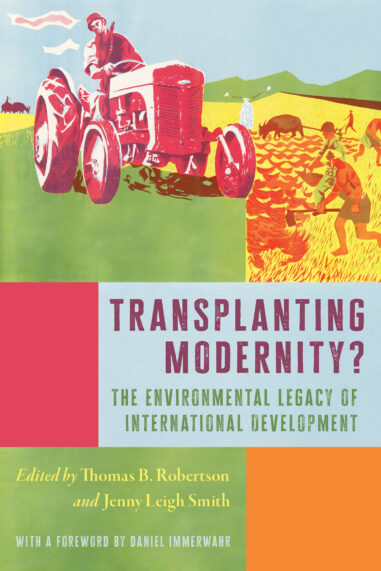
Siddhartha Krishnan Transplanting Modernity? In general, “development” denotes movement or growth toward something better in the future. International development—widespread in the decades following World War II—was an effort at purposeful changein landscapes around the world. Contributors to this volume argue that these projects constituted an effort to transplant modernity, such as knowledge or technology, from […]
Indian BIRDS
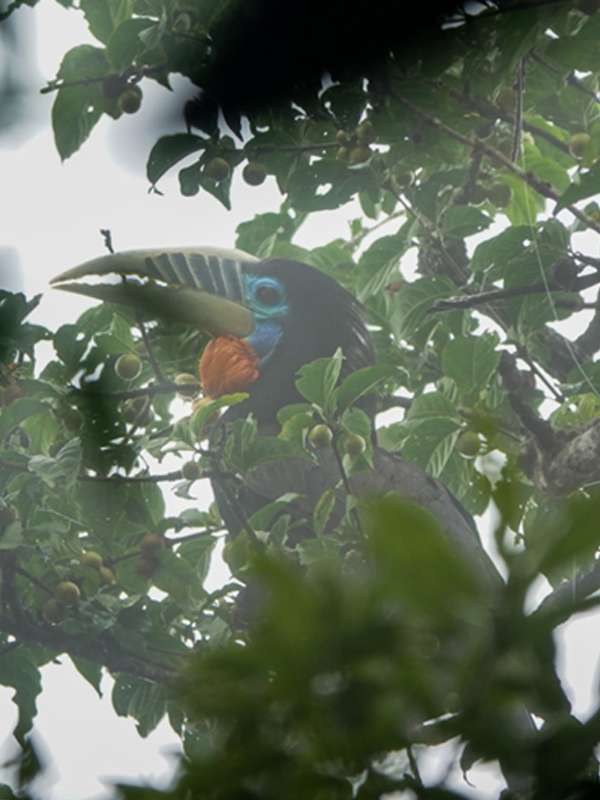
Rajkamal Goswami Vol. 18 No. 6 | June 2, 2023 Meghalaya is part of the Indo-Burma Biodiversity Hotspot (Myers et al. 2000), and is one of the Important Bird and Biodiversity Areas in India (Rahmani et al. 2016). The state has nine Important Bird Areas (IBAs) including Narpuh Reserve Forests and Saipung in Jaintia Hills. […]


